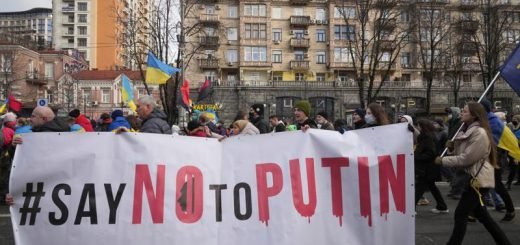S-400 – A powerful addition to India’s defence catalogue and its diplomacy
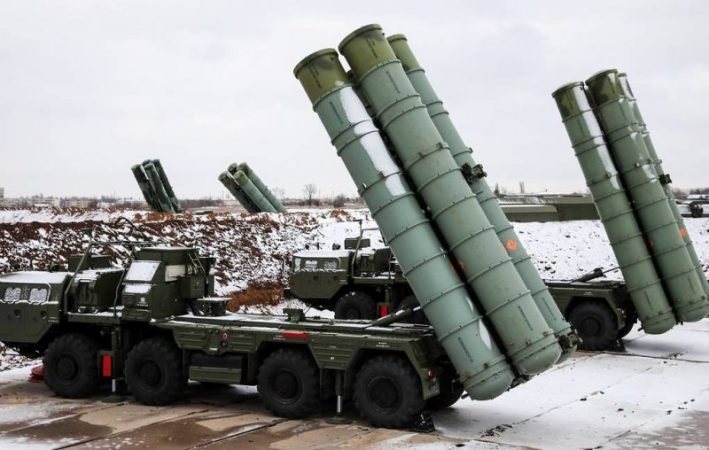
“New Delhi might like to keep options open, but it would ultimately need to make its choices”. – Kenneth Juster
The above statement made by the outgoing US ambassador can be interpreted with America’s growing intolerance over the Indo-Russian defence & energy partnerships, which ironically has only been reducing, owing to New Delhi’s strategic tilt towards Washington.
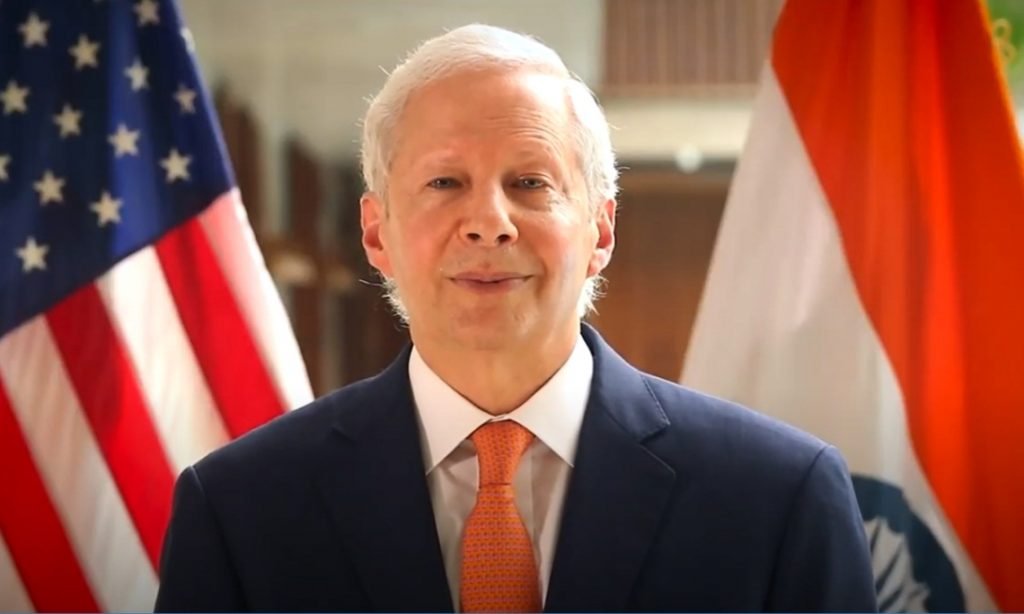
According to the Stockholm International Peace Research Institute, Russia accounted for 58 percent of total Indian arms imports in 2014-2018, compared with 76 percent in 2009-2013. While the USA recorded over 550% growth in 2013-17 compared with the previous five years, and as a result, has become India’s second-largest weapons supplier. It is no doubt that the US wishes to wean India away from Russian military hardware and make it more fixated upon itself, but given India’s historic dependence on it, this may just not be possible.
The recent contention revolves around India’s acquisition of Russian made stealth S-400 missile systems, which is also considered as the strongest air defense system against any hostility.
India in October 2018 inked a $ 5.5 billion contract with the Almaz-Antey Corporation of Russia to deliver five S-400 surface-to-air missile defense systems by 2021. The deal was not favored by Washington, which initially warned New Delhi of consequences under its stringent CAATSA (Countering America’s adversary through sanctions act) and further suggested to nix the contract to maintain diplomatic sanity between the two nation-states.
About CAATSA
CAATSA framed and passed in 2017, mainly focuses upon major American arch-rivals like Russia, Iran, and North Korea. The act tends to stop and restrict Washington’s allies or any third party to keep any significant deal/transaction with the mentioned states by imposing direct sanctions.
Recently, the act was invoked against the state of Turkey, which also happens to be a major NATO member and hence an important US ally. Washington maintained that Turkey’s possession of the S-400’s posed a direct threat to NATO, while at the same time helped its adversary gain funds, by involving in multi-billion dollars worth of transactions. The same disappointment led to Ankara’s suspension from the F-35 fighter jet program, days after it received its first batch of S-400’s, in July 2019. The Russian-made surface-to-air missile S-400 has its specialty and popularity, such that, even after the USA’s looming threat of sanctions, countries like Saudi Arabia are negotiating a deal with Russia, while Iraq and Qatar have expressed their interest.
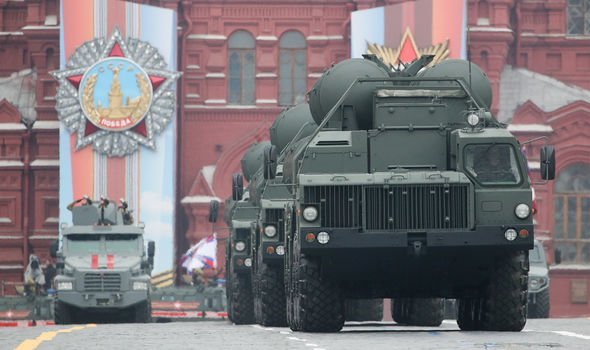
Specialty of S-400
The S-400 Triumf, 4th of its generation and successor of S-300p and S-200 air defence system, has been designed by Russia. It is a Surface-to-air missile system (SAM) and its features are far better than the US’s THAAD (Terminal High Altitude Area Defense). It comprises a multifunction radar, anti-aircraft missile system, launchers, autonomous detection, targeting systems, and command and controlling centre. It can create a layered defence by firing three types of missiles and comes with an operational range of appx. 400kms. The deployment is less than 5 minutes. Overall it is a very powerful missile that can destroy aircraft, ballistic missiles, cruise, ground targets, and can also intercept cruise missiles.
India’s Desperation for S-400
It is the China factor, which acquires S-400’s so necessary for India. Beijing’s increased hostility, and their unilateral territorial claims, have resulted in long frequent stand-offs and clashes, with casualties being reported on both sides. Now with the recent backdrop of Galwan valley, New Delhi has become more cautious than ever, foreseeing Beijing’s increasing threat in the upper Indian region, where Indian and Chinese soldiers have been in a face-off situation for more than six months now, with no resolution in sight. The communist state, ramping up its defense assets, settling new villages, constructing bridges, railway lines, all very close to the Indian borders, and with their recent signing for six battalions of S-400’s, puts the Indian state into alertness. Although, China has also signed a pact with Russia that the missile won’t be used against India but that doesn’t assure Indians any kind of relief. Therefore, it becomes a necessity to acquire the missile from Russia.
External Affairs Minister S Jaishankar, on his three-day trip to Washington DC, reiterated and defended India’s right to acquire the S-400 missile defence system from Russia – “We would not like any state to tell us what to buy or not to buy from Russia any more than we would like any state to tell us to buy or not buy from America,” he said.
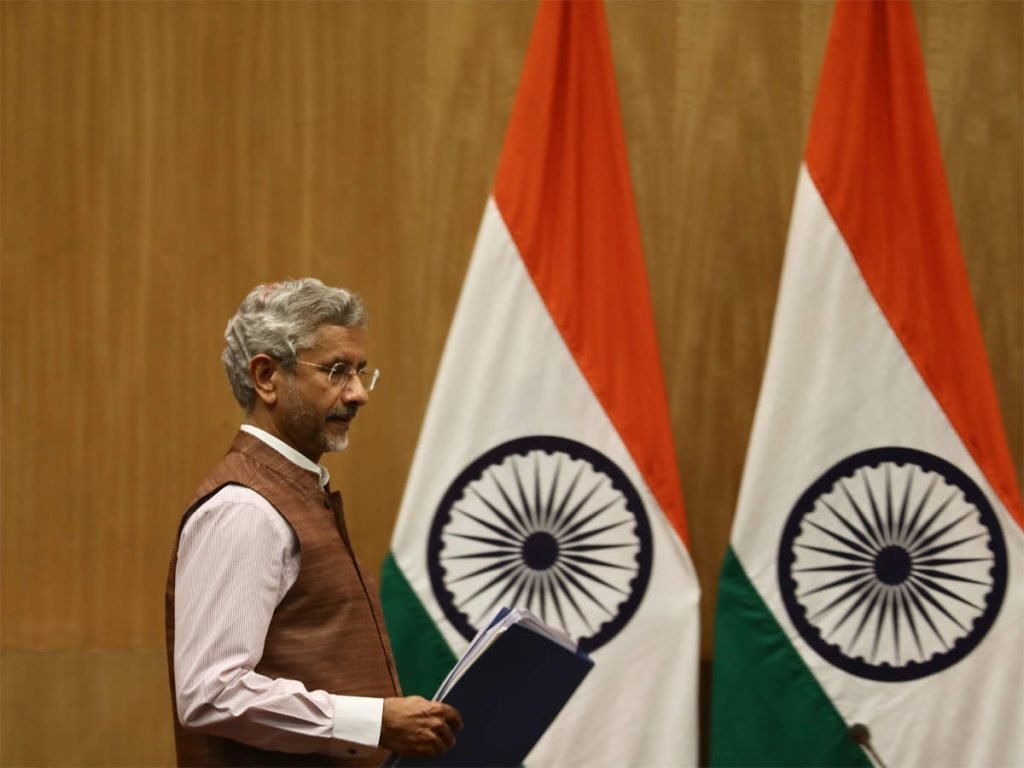
Hints about potential waivers
Over the years, the Indo-Us relationship has only become more strategic and involved, but it was the Obama administration that gave new Delhi its much-needed bounce. With the renewal of the “ten-year U.S.-India Defense Framework” in 2015, and India being elevated as a major defence partner in 2016 (a status no other country holds), the cooperation has only levelled up. New Delhi was further assured of Washington’s comprehensive allegiance under the Trump administration, when the much-awaited “two-plus-two” dialogue resulted in the signing of a crucial Communications Compatibility and Security Agreement (COMCASA), giving India access to advanced communication technology used in U.S. defence hardware. Apart from these advancements, a new strategic tilt between Washington and New Delhi can also be well observed.
With the looming threats of China’s expansionist behaviour, the USA today terms Indo-Pacific as the new theatre for strategic competition. Washington believes New Delhi has a larger and crucial role to play, majorly owing to its geographical proximity. And coincidentally, countering Beijing is what New Delhi wants too, which is why the relationship becomes mutually beneficial. Groupings like the Quad also known as the Asian NATO, with successful Malabar exercises, further reaffirm the collective motive of restricting Beijing’s growing interference in the South-china sea (Indo-pacific region). Now with all this in the backdrop, Washington may want to give New Delhi a waiver this time, if not next. And it can be very possible, as recently the Senate and House Armed Services Committee in a joint conference report to the National Defense Authorisation Act (NDAA)-2019 provided a modified waiver to section 231 of CAATSA. The proposal now moves to the Senate and the House for formal passage before it can be sent to the White House for President Donald Trump to sign into law. The portion of the bill — NDAA-2019 that amends CAATSA does not mention any country, but the intended beneficiaries of the amended waiver are India, Vietnam, and Indonesia.
Conclusion
Since 1990, the bipolar world has now shifted towards multi-polarity, new worldly powers have emerged, capable of making their own independent decisions. These changing dynamics have also resulted in the formation of new groupings and recognition of new possible threats. The rivalry between Washington and Beijing has today reached a whole new level, with the former accusing the latter of unleashing the coronavirus pandemic upon the world, selling their manipulative spying applications, illegal detaining of Uighur Muslims, and Undermining Hong Kong’s autonomy. Given all these reasons, the US can’t afford to lose India’s support and hence will have to re-think before taking any major decision w.r.t to impose sanctions. At the same time, given the Indo-China history and the recent events of Beijing’s hostility, New Delhi too wouldn’t want to make Washington unhappy, over its excess indulgence on the Russian hardware. As even after 30 years, the cold-war enmity remains between the US and Russia, with the former now accusing the latter of its Crimea annexation and interfering in the 2016 US general elections. Thus, whatever consensus Washington and New Delhi reach upon, the apex consideration would be given to the current geopolitical environment and national interest.




